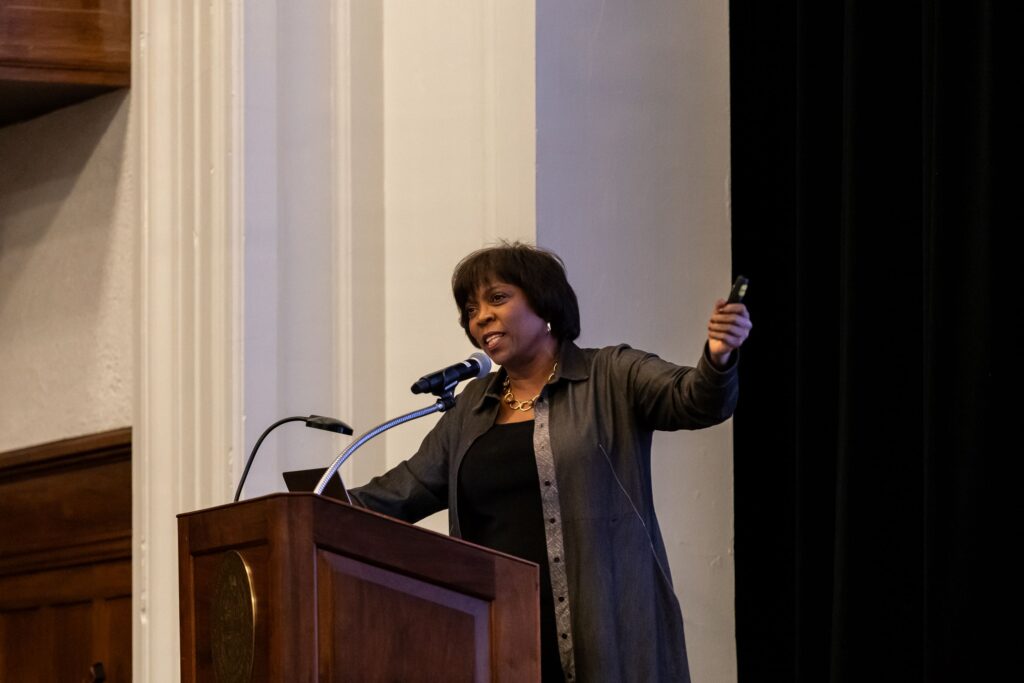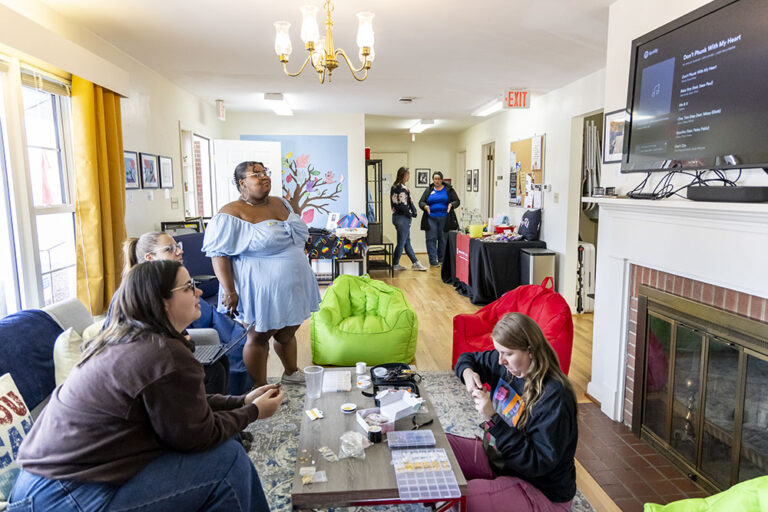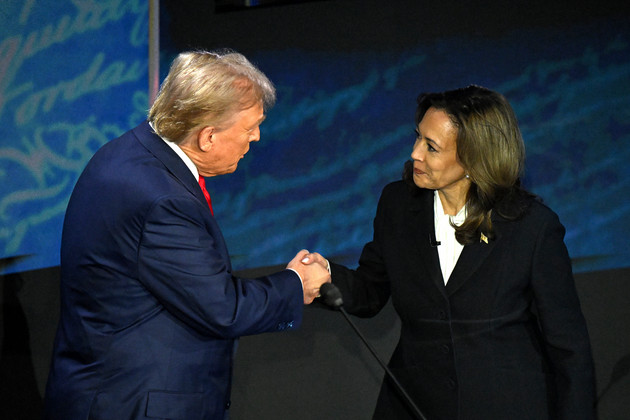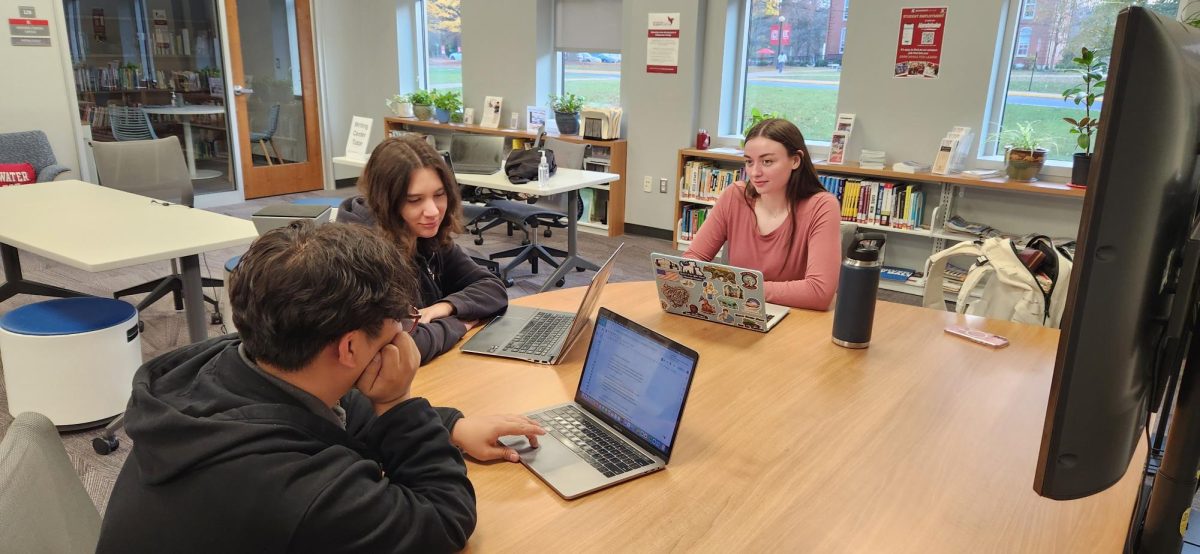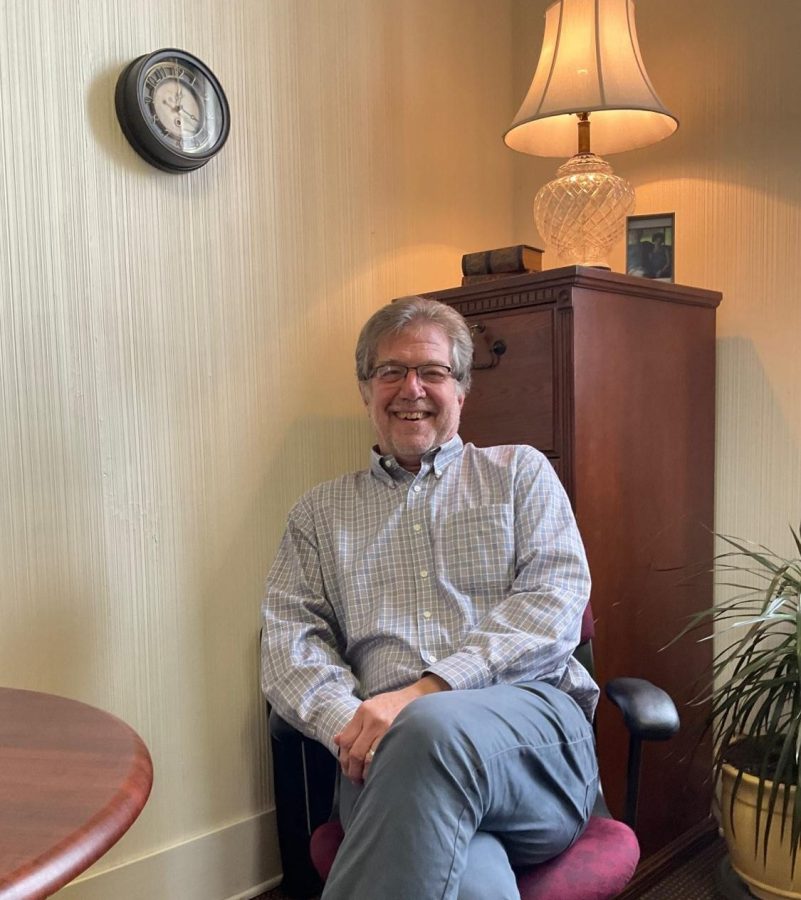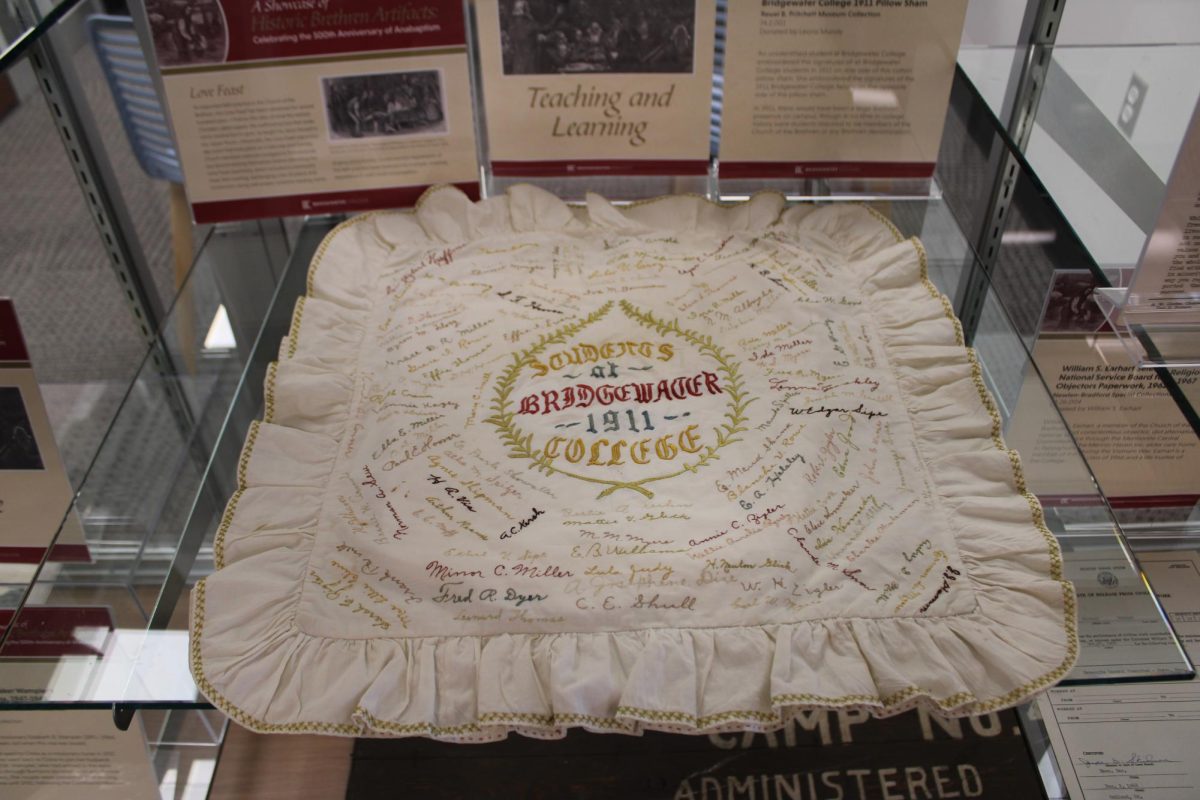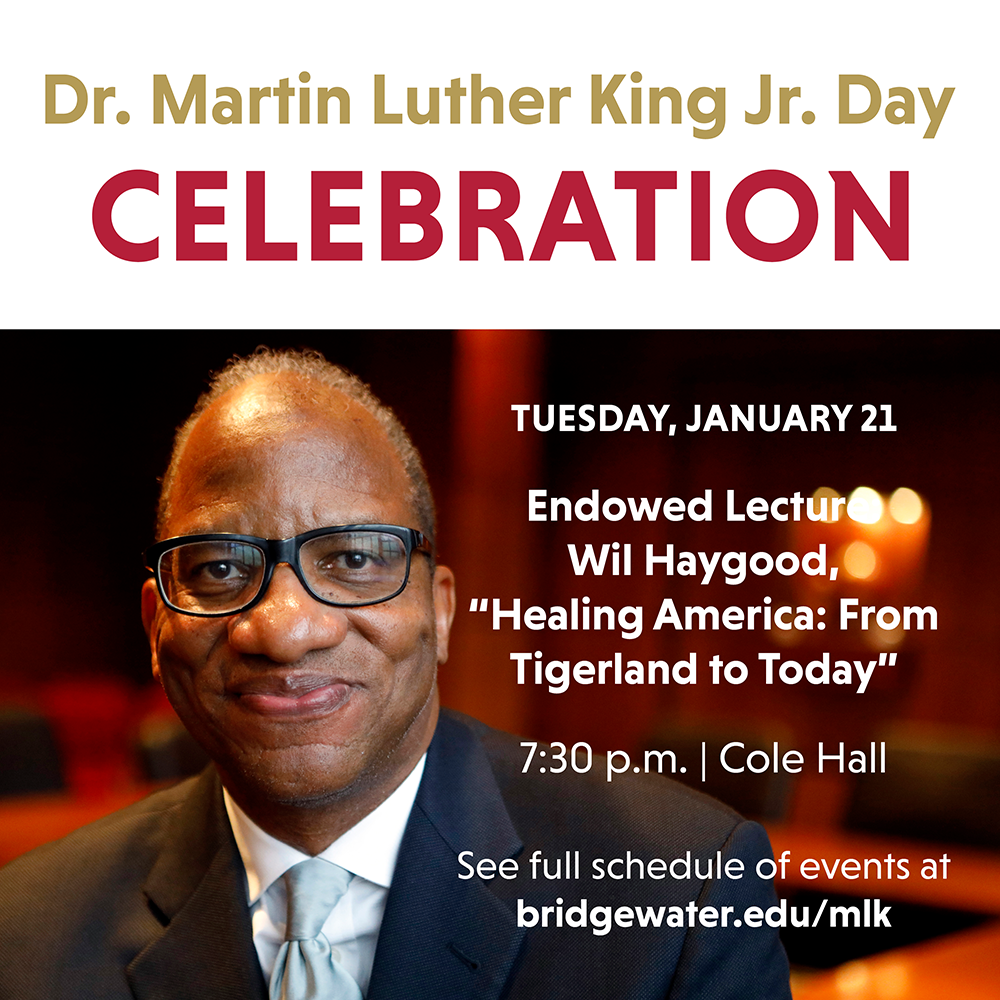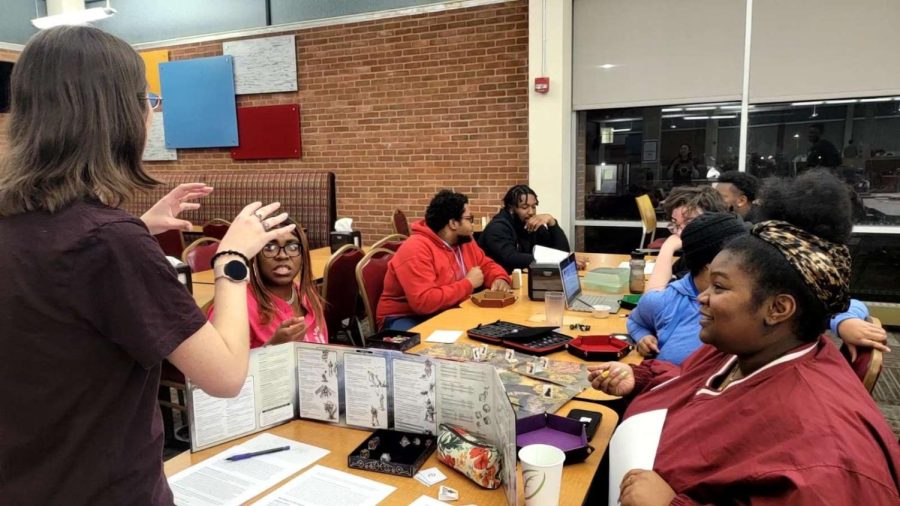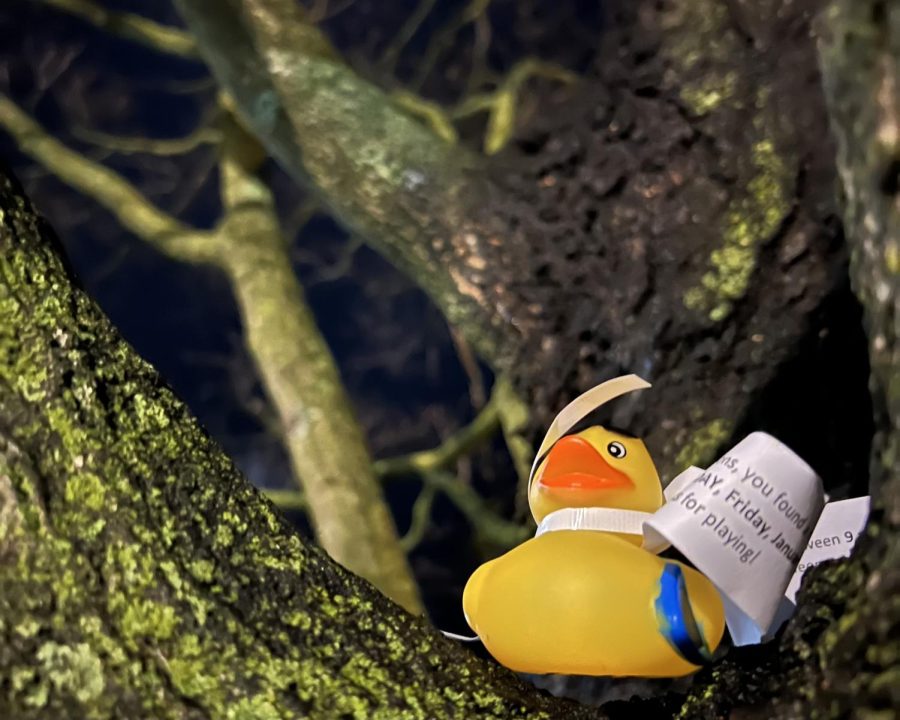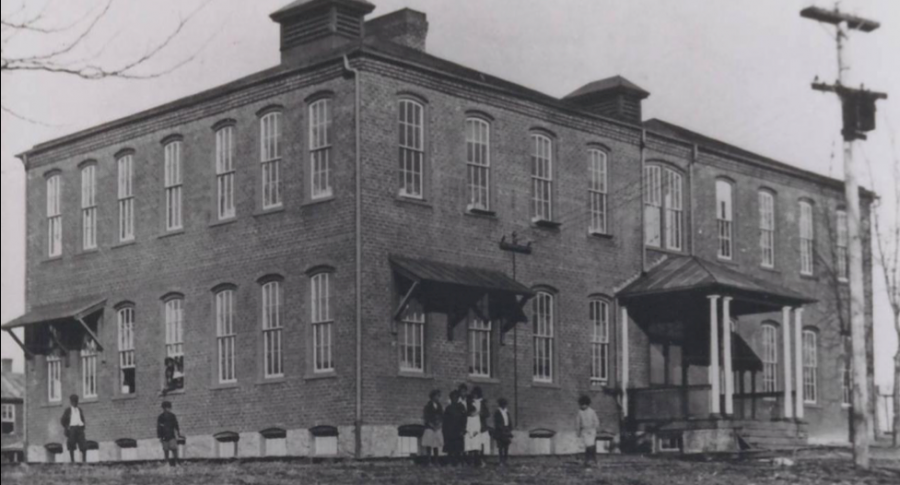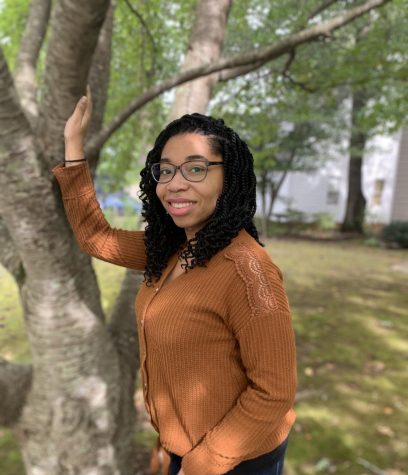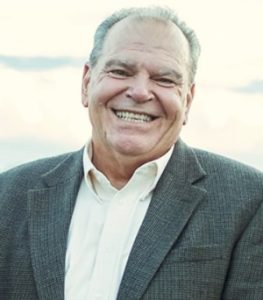Celebrating Lucy Frances Simms
Local African American Honored for Her Contributions to Education
JMU and the Shenandoah Valley Black Heritage Center
Lucy Frances Simms taught at the Effinger Street School for 52 years. The school board chose to rename the school in 1938 after Simms because of her contributions to education.
November 3, 2020
Harrisonburg, Va. – On Oct. 27, the Harrisonburg City and Rockingham County community honored the legacy of Lucy Frances Simms, an influential African American educator who began her life as an enslaved child in the Harrisonburg area.
Simms was born into slavery in Harrisonburg in 1856, but at the age of six, she gained her freedom due to the Emancipation Proclamation.
Simms enrolled in the Hampton Institute, now known as Hampton University, where she studied to become an educator to “dedicate her career to her community,” said Beau Dickerson, moderator of the event and social study board supervisor of Rockingham County public schools.
Simms taught for 56 consecutive years in Harrisonburg, forming lifelong bonds with her students along the way. Simms educated 1,800 African American students, according to Karen Thomas, a community leader in Harrisonburg who lived down the street from Simms.
Thomas described Simms as “beloved friend and teacher.”
“Simms not only taught them, but she disciplined them. She gave them clothing and food. She cared about her students as if they were her own and instilled in them to care for one another,” said Thomas.
In honor of her legacy, the Virginia Martin Luther King Jr Memorial Commission decided to build a memorial entitled the New Emancipation Proclamation and Freedom Monument. This monument will feature Simms and other prominent black Virginians, including slave leader Nat Turner and John Mercer Langston, the first black member of Congress.
Senator Jennifer McClellan of Virginia served as chair of the memorial commission. According to McClellan, the commission desired to commemorate 150 years since the Emancipation Proclamation was signed.
“We recognize that freedom and equality was a process, not a moment. We wanted to recognize black Virginians who were instrumental in the fight for emancipation,” said McClellan.
Simms was nominated to be on the monument because of her impact as an educator across three generations of black students.
“After the Civil War, education was the key to allow formerly enslaved people to make progress. When the first African Americans were elected to the Continental Convention of 1868, that was the first time in Virginia that a system of public education was created,” said McClellan.
Simms not only contributed to the Harrisonburg community through education, but also by being a leader who helped promote the ascension of the black community.
“Simms helped to create the political, social and economic power that former slaves were able to have. That’s an amazing legacy that unfortunately not many people in our commonwealth know about,” said McClellan.
Dale MacAllister also spoke at the event about his new biography about Simms entitled “Lucy Frances Simms: From Slavery To Revered Public Service.” MacAllister believes that people should be informed about Simms’s contributions to education.
“It can give current students, especially African American students, some insight into the triumphs and successes of a person of color who was born a slave, yet with her intelligence and perseverance excelled into a lifetime of teaching,” said MacAllister.
The New Emancipation Proclamation and Freedom Monument is scheduled to be finished in 2021.


